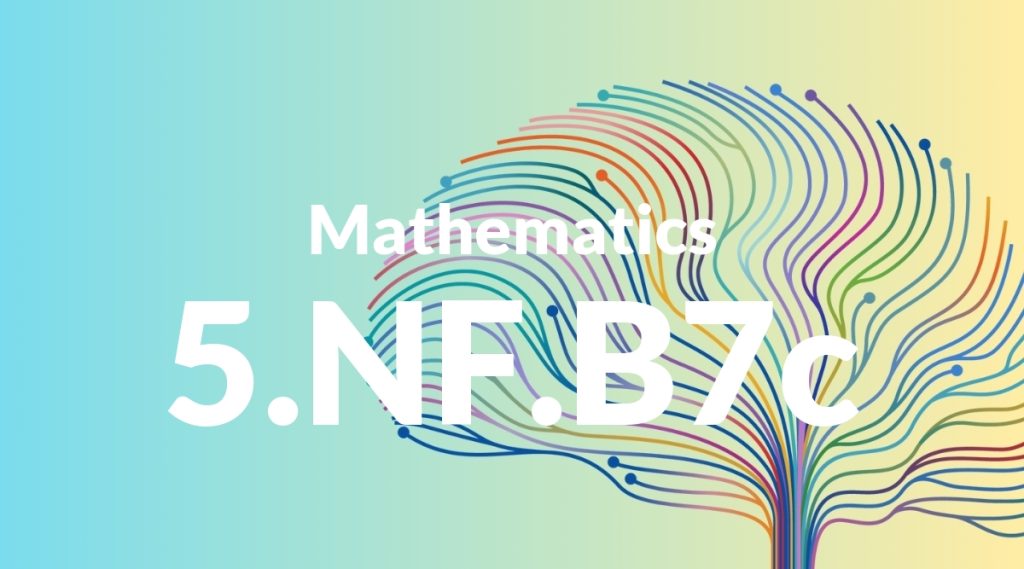Standard: 5.NF.B7c – Solve real world problems involving division of unit fractions by non-zero whole numbers and division of whole numbers by unit fractions, e.g., by using visual fraction models and equations to represent the problem. For example, how much chocolate will each person get if 3 people share 1/2 lb of chocolate equally? How many 1/3-cup servings are in 2 cups of raisins?
Grade level: Grade 5
Subject: Mathematics
Domain: Numbers & Operations – Fractions
Teacher Overview
This standard focuses on solving real-world problems involving the division of unit fractions by whole numbers and vice versa. Mastery of this concept is crucial as it lays the foundation for understanding more complex fraction operations and their applications in everyday life. Students need to be comfortable with basic fraction concepts and the operations of multiplication and division involving whole numbers.
Mastering this standard will prepare students for more advanced fraction operations, including working with mixed numbers and improper fractions, and applying these skills in different mathematical contexts.
Common Misconception 1
A common misconception is that dividing by a fraction is the same as dividing by a whole number. This is incorrect because dividing by a fraction actually involves multiplying by the reciprocal of that fraction.
Intervention 1
Using visual aids like fraction bars or circles can help students see that dividing by a fraction increases the quantity. Practice problems that involve real-world scenarios can also reinforce this concept.
Common Misconception 2
Another misconception is that students might confuse the roles of numerators and denominators when dividing fractions. They may incorrectly switch these roles, leading to wrong answers.
Intervention 2
Provide numerous practice problems that emphasize the correct placement of numerators and denominators. Visual models can also help students understand the correct process.
Prerequisite Knowledge
Students should understand basic fraction concepts, including numerator and denominator, and be comfortable with multiplication and division of whole numbers.
Subsequent Knowledge
Students will develop skills in solving more complex fraction problems, including addition, subtraction, multiplication, and division of mixed numbers and improper fractions.
Instructional Activities
- Use fraction bars to model division problems
- Solve word problems involving the division of fractions
- Create visual fraction models to represent division scenarios
- Group activities where students share items equally
- Interactive online fraction games




